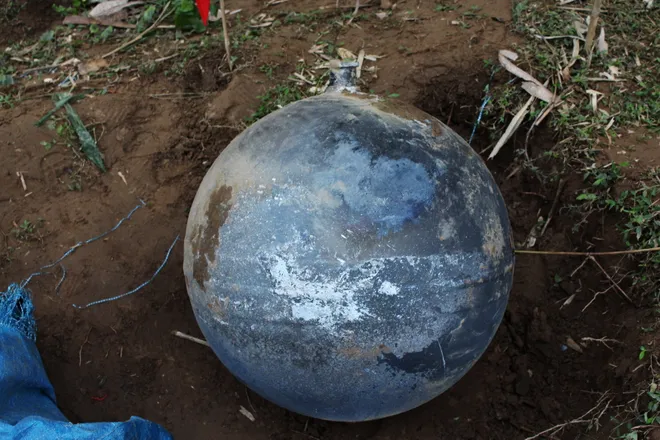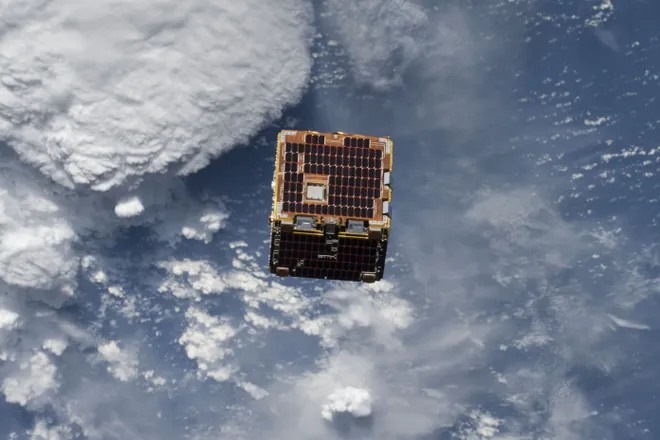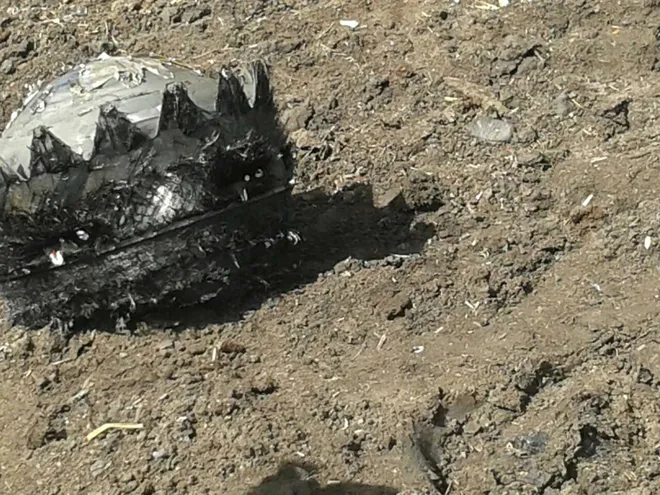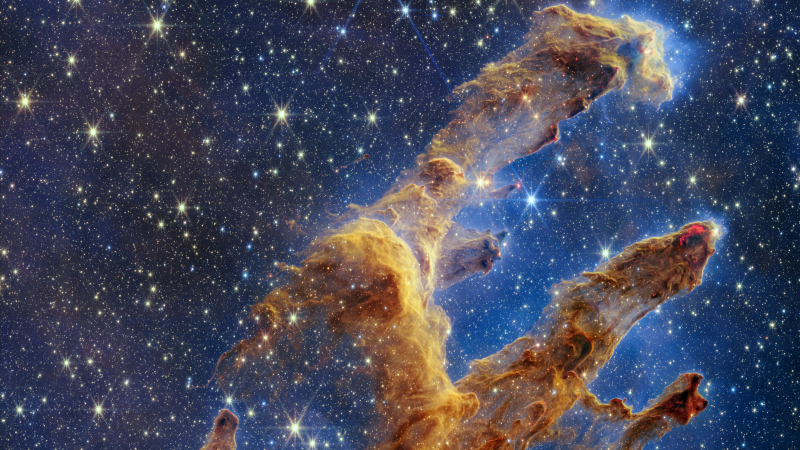Aging satellites and lost astronaut tools: How space junk has become an orbital threat
Spacefaring countries have for decades been sending thousands upon thousands of satellites and other objects into orbit, where they have become an integral component of modern society.
From hundreds of miles above Earth, satellites can help scientists make observations about our planet and the surrounding universe, or even provide us access to television and entertainment.
But what happens when those aging satellites become defunct and are no longer active?
Well, many of those objects - or fragments of them - are still there, languishing above Earth in an ever-expanding space junkyard. Because they're expensive to remove, retired satellites are often left in a low-Earth orbit, where their presence poses a growing threat to both future satellite launches and crewed space missions, according to NASA.
Many scientists have for years sounded the alarm about Earth's rapidly overcrowding orbit, and now some fear we've reached a point of no return, according to the European Space Agency (ESA.)
But the European Space Agency, NASA and other organizations across the globe are beginning to take more concrete action. Last month, ESA adopted the Zero Debris Charter, which seeks a global commitment to nearly eradicate so-called space junk by 2030.
“As space infrastructure has become the backbone of our modern society, the proliferation of space debris is threatening our way of life," Director General Josef Aschbacher said in a statement. "Now is the time to act as a community to channel our collective efforts."
Here's what to know about space junk, why it's a problem and what's being done about it.
'Awe-inspiring:'See 5 stunning photos of the cosmos captured by Europe's Euclid telescope
What is space junk?

Also called space debris, space junk is comprised of non-operational satellites and other human-made objects that continue to hurtle around Earth's orbit long after they served their purpose.
Spacecrafts, spent rocket boosters and even astronauts' lost tool bags can combine with old satellites to create a halo of orbital debris that lasts for decades.
Since the dawn of the space age in the 1950s, humankind has launched almost 50,000 tons of material into space, about 10,000 tons of which remains in orbit, according to the ESA, which cited data from the U.S Space Surveillance Network. And of the 15,880 satellites launched into space since 1957, 10,590 of them - the majority of which remain operational - continue to whiz around in space at high speeds as of September, the space agency says.
And the pace of satellite launches is quickening.
According to the ESA, more satellites have been launched in the last two years than in the previous six decades of space exploration, cluttering space with millions of bits of fast-moving debris.
Black holes:Researchers discover oldest known black hole that existed not long after the Big Bang
Why is space junk a problem?
The risk of all these new objects firing off into space?
When combined with all of the satellites that have been there for decades, the ESA warns that the rising threat of collisions puts humanity's future in space into question.
In a 2009 incident, two satellites crashed into one another over Siberia. Not only were both satellites - one of which was still active - destroyed, but the collision created a whole bunch more debris in the process, according to a report at the time from the American Scientist.
Even just last week, Space.com reported that the International Space Station engaged its thrusters to move out of the way of incoming space debris, an avoidance maneuver that is becoming more and necessary to perform.
Up until December 2022, the International Space Station had moved out of the way of space junk 32 times since 1999, according to a quarterly report from NASA. By the time the October report was released this year, that figure had jumped to 37 orbital debris avoidance maneuvers, including two this August alone.
It's also not uncommon for some of those objects to crash back into Earth, scientists say.
All of this adds up to the likelihood, the ESA warns, that a theoretical scenario known as the Kessler Syndrome could become reality: That left unchecked, the multiplying detritus and subsequent cascade of collisions could make Earth's orbit unusable for space travel.
“We are seeing a dramatically increased use of space, but still insufficient technology to prevent the risks that follow," Holger Krag, ESA's head of Space Safety, said in a statement.

'Devil Comet' on the way:Here's how to see the horned comet that may be visible to naked eye in April
What are NASA, ESA, others doing about space debris?

The movement to crack down on the hazardous debris whizzing through outer space has seemed to strengthen in recent months.
In early October, the Federal Communications Commission issued an unprecedented fine against the Dish Network after the agency said an investigation found that the company improperly disposed of one of its decommissioned satellites.
In the United States, NASA has its own Orbital Debris Program based in Houston, Texas tasked with creating less orbital debris and designing equipment to track and remove space junk. As a sign that the the space agency is seeking solutions to better detect and remove space junk, it even established a tournament that invites the public to submit ideas by Nov. 15 to potentially win part of a $120,000 prize purse.
But the most recent developments in the fight against space junk has occurred across the sea from the U.S.
The European Space Agency in October finalized a global Zero Debris Charter calling on nations and organizations to commit to actions that would severely limit the amount of space debris floating around by 2030.
While the charter is based on a debris mitigation plan with a host of requirements, Krag said it can more simply be summarized similarly to the guiding principle of every national park: "What you bring in you must take with you when you leave," Krag said.
The ESA adopted the standard internally last year, which effectively governs what other agencies it partners with and how it designs its missions.
"Embracing a Zero Debris approach is definitely not an idealistic concept but an absolute necessity for the future of the space industry," Luisa Innocenti, ESA's head of Clean Space, said in a statement. "It is just the right thing to do to leave our environment in a clean state for the future.”

Eric Lagatta covers breaking and trending news for USA TODAY. Reach him at elagatta@gannett.com
Disclaimer: The copyright of this article belongs to the original author. Reposting this article is solely for the purpose of information dissemination and does not constitute any investment advice. If there is any infringement, please contact us immediately. We will make corrections or deletions as necessary. Thank you.







